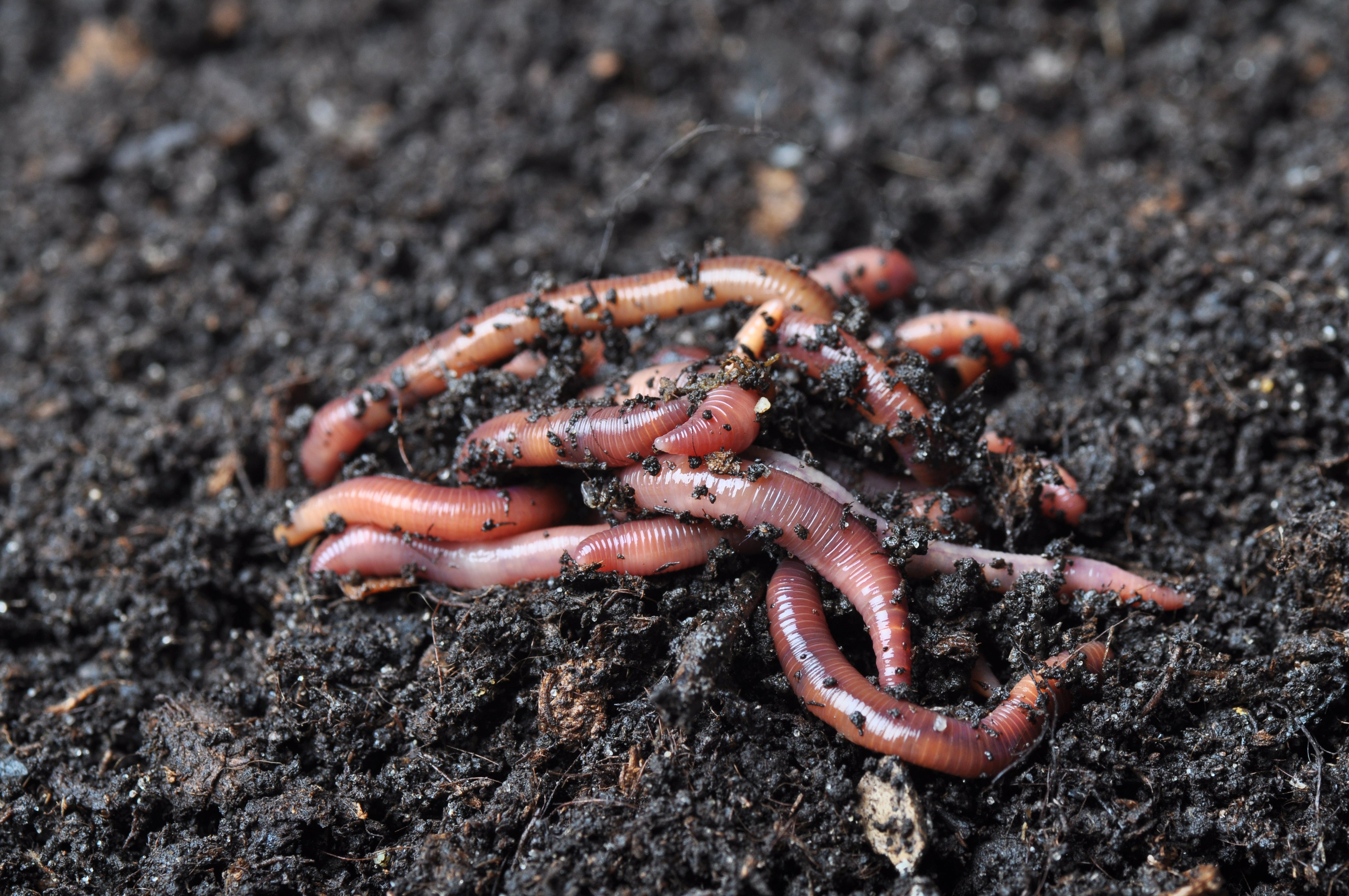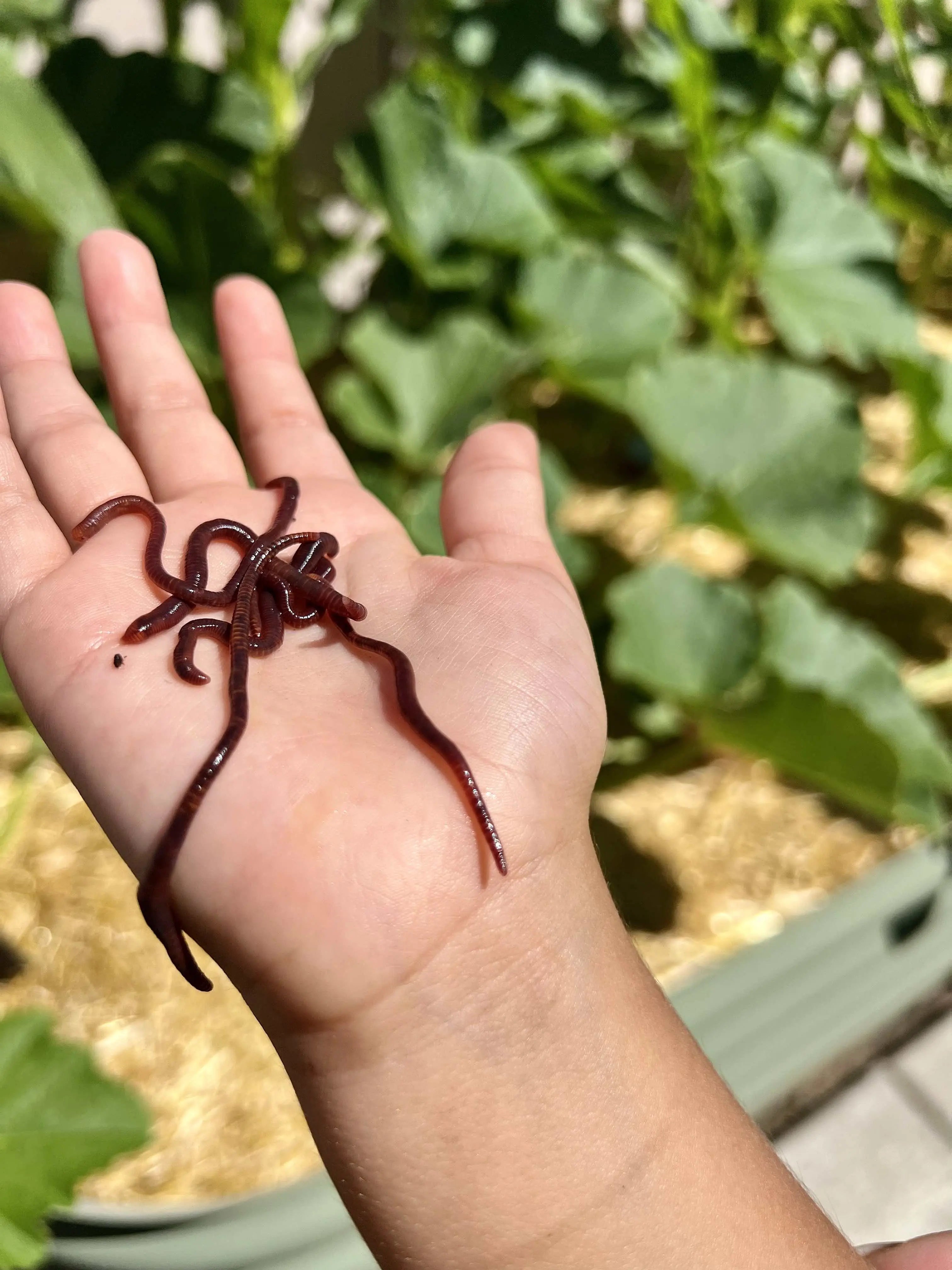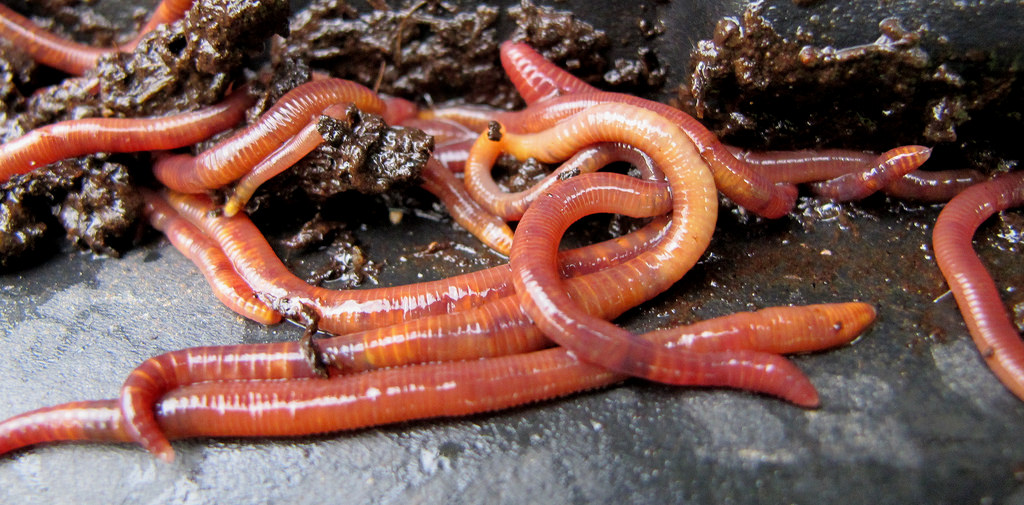Discover Why Lake Hickory Bait is the Best Choice for Lawn Care Solutions
Discover Why Lake Hickory Bait is the Best Choice for Lawn Care Solutions
Blog Article
Red Wigglers: The Unsung Heroes of Organic Waste Recycling
Red wigglers, or Eisenia fetida, serve as critical agents in the organic waste reusing procedure, transforming discarded products into useful vermicompost. Their reliable malfunction of natural issue not only boosts dirt quality but additionally contributes to sustainable waste management practices. As the world significantly seeks services to deal with waste build-up and boost agricultural productivity, understanding the duty of these worms becomes vital. What mechanisms allow them to prosper in compost environments, and exactly how can they be effectively used in both domestic and commercial settings? Checking out these questions exposes the wider effects of vermicomposting in our ecological landscape.
What Are Red Wigglers?
The exceptional durability of red wigglers, scientifically referred to as Eisenia fetida, underscores their important role in organic waste recycling. These little, reddish-brown earthworms are typically found in disintegrating raw material, such as garden compost heaps and manure lots. Lake Hickory Bait. Unlike other earthworm types, red wigglers thrive in nutrient-rich atmospheres and are extremely effective at damaging down natural materials, making them vital for vermicomposting

(Lake Rhodhiss Bait)Along with their function in waste reduction, red wigglers add to soil health and wellness by improving soil framework and oygenation with their tunneling tasks (Lake Hickory Bait). Their visibility in composting systems not just boosts decomposition rates but additionally promotes a lasting technique to lose management, illustrating their value in ecological preservation efforts
Benefits of Composting With Worms
Composting with worms, particularly red wigglers, supplies countless advantages that improve both waste administration and soil health. First, these worms efficiently break down natural waste, converting it into nutrient-rich vermicompost that improves dirt. This process speeds up decay, permitting a much faster recycling of kitchen scraps and other natural materials compared to typical composting methods.
Furthermore, the vermicompost created by red wigglers is including beneficial microbes, which assist boost dirt framework, aeration, and wetness retention. This enhances the overall health of plants, advertising energetic growth and boosted yields in yards and agricultural setups. Additionally, using worms in composting lessens the production of greenhouse gases, such as methane, adding to an extra sustainable waste management system.

Exactly How to Begin Vermicomposting
Establishing a vermicomposting system is an uncomplicated process that can produce significant advantages for both waste management and dirt enrichment. To begin, select an ideal container, such as a plastic container or wood box, with adequate air flow openings to make sure correct air flow. The dimensions ought to preferably be about 2 feet by 3 feet, permitting adequate area for the worms to flourish.
Next, prepare bedding product, which can contain shredded newspaper, cardboard, or coconut coir. This bed linens needs to be dampened to produce a suitable environment for the worms. Once the bed linens remains in area, introduce red wigglers (Eisenia fetida) right into the bin, generally around one pound of worms for every single square foot of surface.
Adhering to the placement of worms, include organic waste, such as fruit and vegetable scraps, coffee grounds, and smashed eggshells. With these steps, you will efficiently launch a vermicomposting system that adds to sustainable waste monitoring and enriches your soil.
Maintaining a Healthy Worm Container
(Red Wiggler Express)Maintaining a worm container prospering needs regular attention and care to ensure the wellness of the red wigglers and the efficiency of the composting procedure. Proper upkeep begins with monitoring the wetness levels; the container must be damp however not saturated. A good general rule is to keep an uniformity comparable to a wrung-out sponge.
Gently blending the bed linens and food scraps every few weeks stops compaction and ensures that all worms have accessibility to oxygen. Furthermore, it is important to feed the worms appropriately.
If the bin ends up being too warm or chilly, the worms might end up being stressed. By vigilantly handling these aspects, one can keep a robust and productive worm bin.
Effect On Lasting Living
The successful upkeep of a worm container not just profits the health and wellness of red wigglers however likewise contributes significantly to lasting living techniques. By reusing natural waste, such as cooking area scraps and lawn particles, red wigglers help divert substantial quantities of material from land fills. This decrease in waste not only reduces greenhouse gas exhausts but likewise lessens the environmental worry linked with waste monitoring.
Additionally, the castings generated by red wigglers work as a nutrient-rich organic fertilizer, enhancing dirt health and wellness and advertising plant development. This natural option to chemical plant foods sustains lasting agriculture and gardening methods, reducing reliance on artificial inputs that can damage ecosystems. Furthermore, worm composting promotes understanding of waste management, motivating individuals and areas to adopt even more lasting habits.

Final Thought
In recap, red wigglers act as important factors to organic waste reusing through their effective decomposition you can look here of organic materials. Their capability to produce nutrient-rich vermicompost improves dirt health and supports sustainable farming techniques. By incorporating vermicomposting right into waste administration methods, people and areas can substantially minimize waste while promoting ecological sustainability. The duty of Eisenia fetida in promoting healthy and balanced ecological communities highlights the relevance of these organisms in accomplishing sustainable living and enhancing dirt fertility.
Report this page